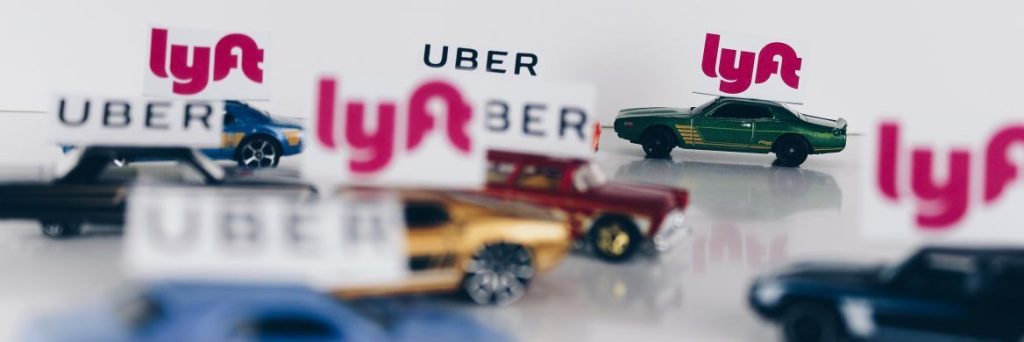Uber and Lyft Drivers: What Your Tax Preparer Needs to Know
In this newsletter, I provide tax information that every Uber or Lyft driver needs to know! Read more to learn what documents the driver will receive, what expenses you should keep track of, and how your preparer calculates your income.

What Documents Will You Receive?
Both Uber and Lyft provide two different tax forms:
- 1099-K, which reports the grand total of fares for rides that you provided
- 1099-MISC, which lists the amount you’ve earned from incentives and referrals. If you’ve earned less than $600 in incentives and referrals, a 1099-MISC will not be issued. Check your tax summary to see whether you have income to report in addition to the income listed on the 1099-K
You will add the amount listed in box 1a on the 1099-K form and the amount listed in box 7 of the 1099-MISC form to calculate the gross income amount.
What Expenses Should You Keep Track Of?
- Commissions and fees taken by the ride-sharing service
- Tolls and parking fees
- Convenience items for passengers, such as water or gum
- Bookkeeping fees and bank charges
- Vehicle costs (lease payments, gas, maintenance & repairs, car registration, insurance)
- Mileage (listed in your driver summary as “on trip mileage”)
- Cell phone expenses (business use percentage)

How Your Tax Preparer Calculates Your Income
Your tax preparer will use the information you provide to calculate your net profit—that’s why it’s crucial that you keep detailed records and accurately capture your expenses! Your tax preparer will enter your gross income and subtract expenses, leaving you with net profit. You pay two types of taxes on your net profit…your regular tax rate (based on your income level) and self-employment taxes. Since you are self-employed, you are responsible for paying the employer’s share of taxes, which is currently 15.3%. This is over and above the amount of tax you pay based on your tax bracket!




